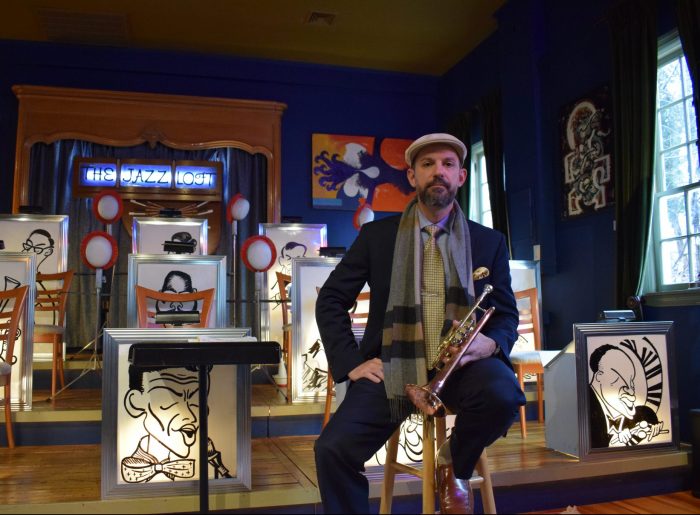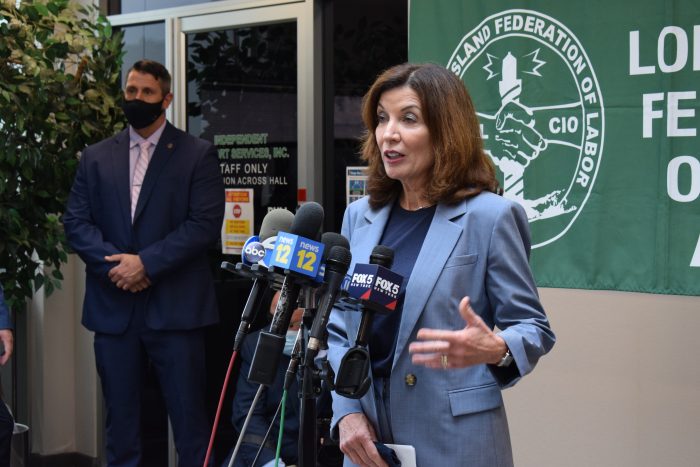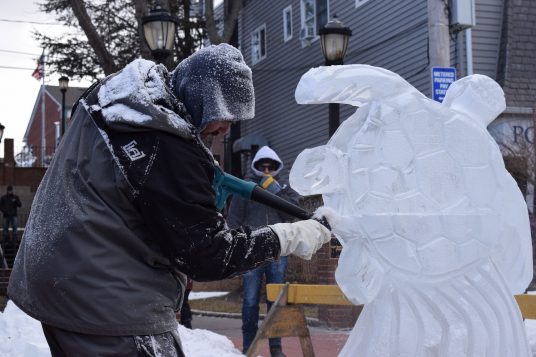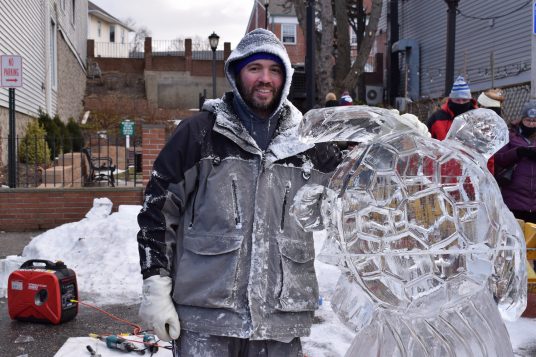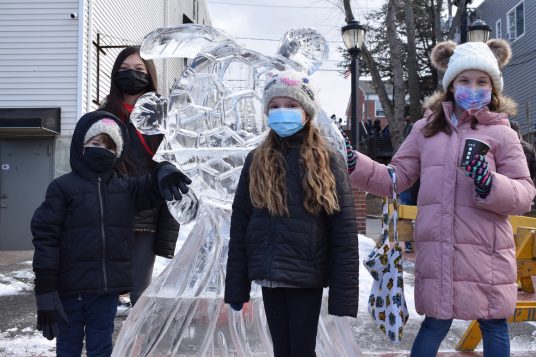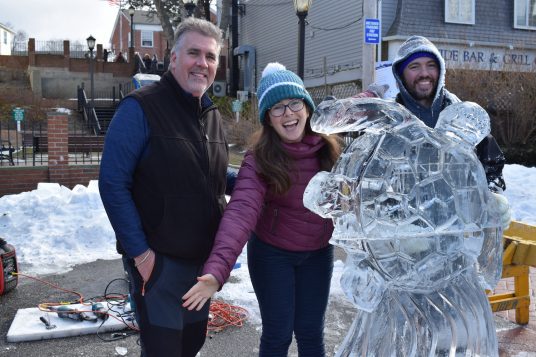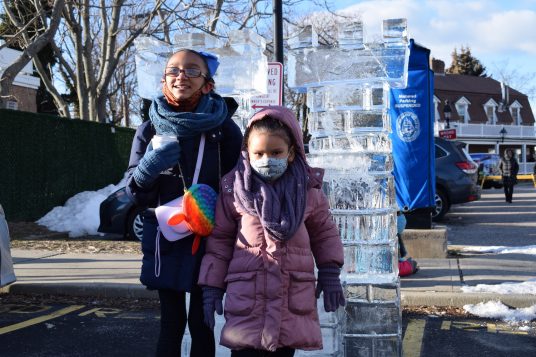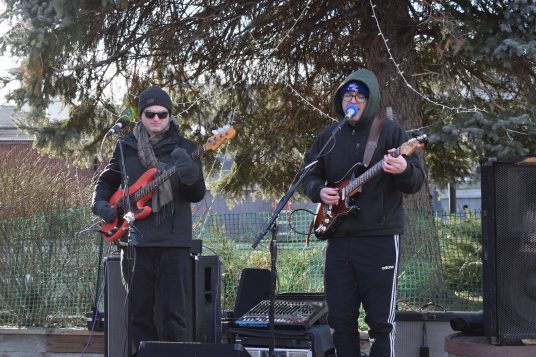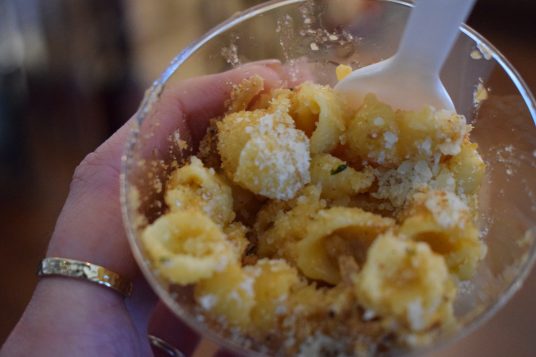Teams from Jericho Senior High School and Hunter College Middle School each won first place in the 2022 competitions hosted virtually by the U.S. Department of Energy’s Brookhaven National Laboratory on Friday, Jan. 28 and Saturday. Jan. 29. The tournament-style events quizzed students on a range of science disciplines including biology, chemistry, Earth science, physics, energy, and math.
Both teams will compete against regional winners from around the country in the National Science Bowl® this spring.
“The National Science Bowl regional competitions provide students with an exciting introduction to the National Laboratory system and the Department of Energy,” said Amanda Horn, a Brookhaven Lab educator who coordinated the virtual events. “This contest gives students the opportunity to meet our scientists and support staff who volunteer as competition judges, introduce them to the laboratory’s cyber efforts through the Cyber Challenge and learn about future STEM opportunities available to them.”
As the top schools were called during the High School Science Bowl award ceremony on Jan. 28, Jericho students Hanson Xuan, Derek Minn, Ashwin Narayanan, Natasha Kulviwat, and Brendan Shek jumped up out of their chairs to celebrate.
“I am so surprised, and I am so proud of these people,” Kulviwat said. Team members said they studied up until the night before the competition, only adding to their weekly practices and time spent poring over textbooks in preparation for the big day.
“They worked so hard,” added Jericho coach Samantha Sforza. “They absolutely deserve this win.”
High School runners-up

Second Place: Great Neck South High School – Jansen Wong, Matthew Tsui, Richard Zhuang, Jack Lenga, Eric Pei (Coaches: Nicole Spinelli, James Truglio)
Third Place: Half Hollow Hills East High School – Himani Mattoo, Daniel Salkinder, Dylan D’Agate, Jacob Leshnower, and Jeffin Abraham (Coach: Danielle Talleur)
Fourth Place: Ward Melville High School Team 1 – Ivan Ge, Gabriel Choi, Matthew Chen, Neal Carpino, Michael Melikyan (Coach: Silva Michel)
This year’s Middle School Science Bowl was open to New York City schools, and two teams from Hunter College Middle School earned First Place and Third Place.
“It’s really exciting,” said Devon Lee of Hunter College Middle School Team 1. “I’m just really proud of my team because they’re literally the coolest people I know.”
“Last year, we lost by two points,” added Morgan Lee. “Since I’m in eighth grade now I didn’t think we’d have a chance to come back from that and I’m glad that we did.”
The First Place team also included Segev Pri-Paz and Gabriel Levin. Hunter coach Min-Hsuan Kuo gave credit to high school students who helped the middle schoolers prepare.
“I always knew they would do great,” Kuo said. “We have a really wonderful situation in our school where our high school students are always working with younger students.”
Middle School runners-up
Second Place: R.C. Murphy College Middle School Team 1 – Sahil Ghosh, Harry Gao, Willem VanderVelden, Gabrielle Wong, Kayla Harte (Coaches: Emily Chernakoff Jillian Visser)
Third Place: Hunter College Middle School Team 2 – Kavya Khandelwal, Kyle Wu, Melody Luo, Sophia Kim (Coach: Min-Hsuan Kuo)
Fourth Place: Paul J. Gelinas Jr. High School – Anna Xing, Tina Xing, Colby Medina, William Squire, Kyle McGarvey, (Coach: Monica Flanagan)
All participating students received a Science Bowl t-shirt. Winning teams will also receive trophies, and medals. The first-place high school and middle school teams will also receive a banner to hang at their schools. The top three high school teams will receive cash awards. Prizes were courtesy of Teachers Federal Credit Union and Brookhaven Science Associates (BSA), the event’s sponsors. BSA is the company that manages and operates Brookhaven Lab for DOE.
About 60 volunteers stepped up as virtual scorekeepers, judges, moderators, and support for the back-to-back events. For more information, visit https://energy.gov/science.


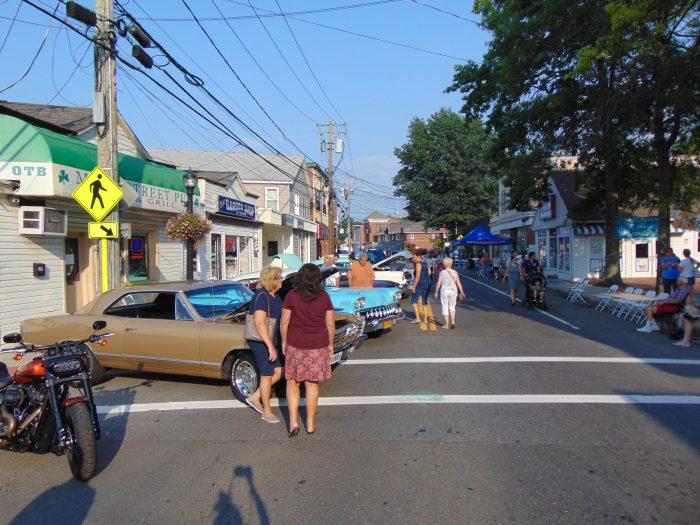

















































































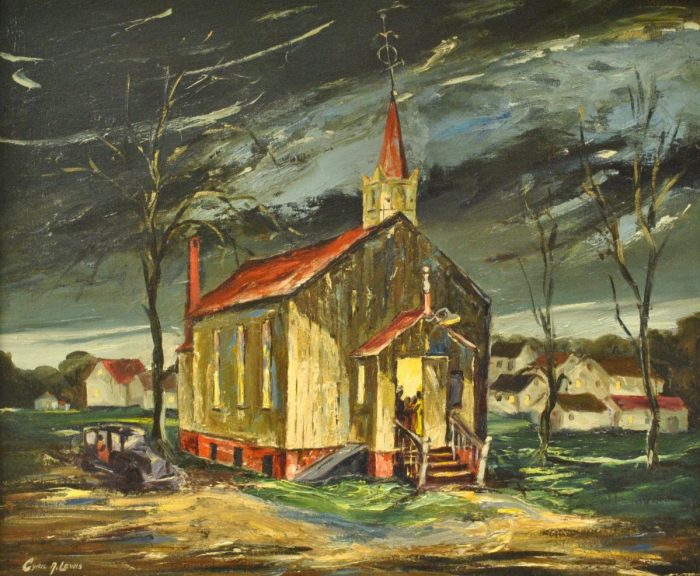

 Welcome to the second edition of Paw Prints, a monthly column for animal lovers dedicated to helping shelter pets find their furever home!
Welcome to the second edition of Paw Prints, a monthly column for animal lovers dedicated to helping shelter pets find their furever home!




 An eight-year-old Terrier mix, Princess arrived at Little Shelter in Huntington severely emaciated and malnourished due to a combination of Inflammatory Bowel Syndrome and exocrine pancreatic insufficiency. Following her diagnosis, she was started on a special diet and the appropriate
An eight-year-old Terrier mix, Princess arrived at Little Shelter in Huntington severely emaciated and malnourished due to a combination of Inflammatory Bowel Syndrome and exocrine pancreatic insufficiency. Following her diagnosis, she was started on a special diet and the appropriate